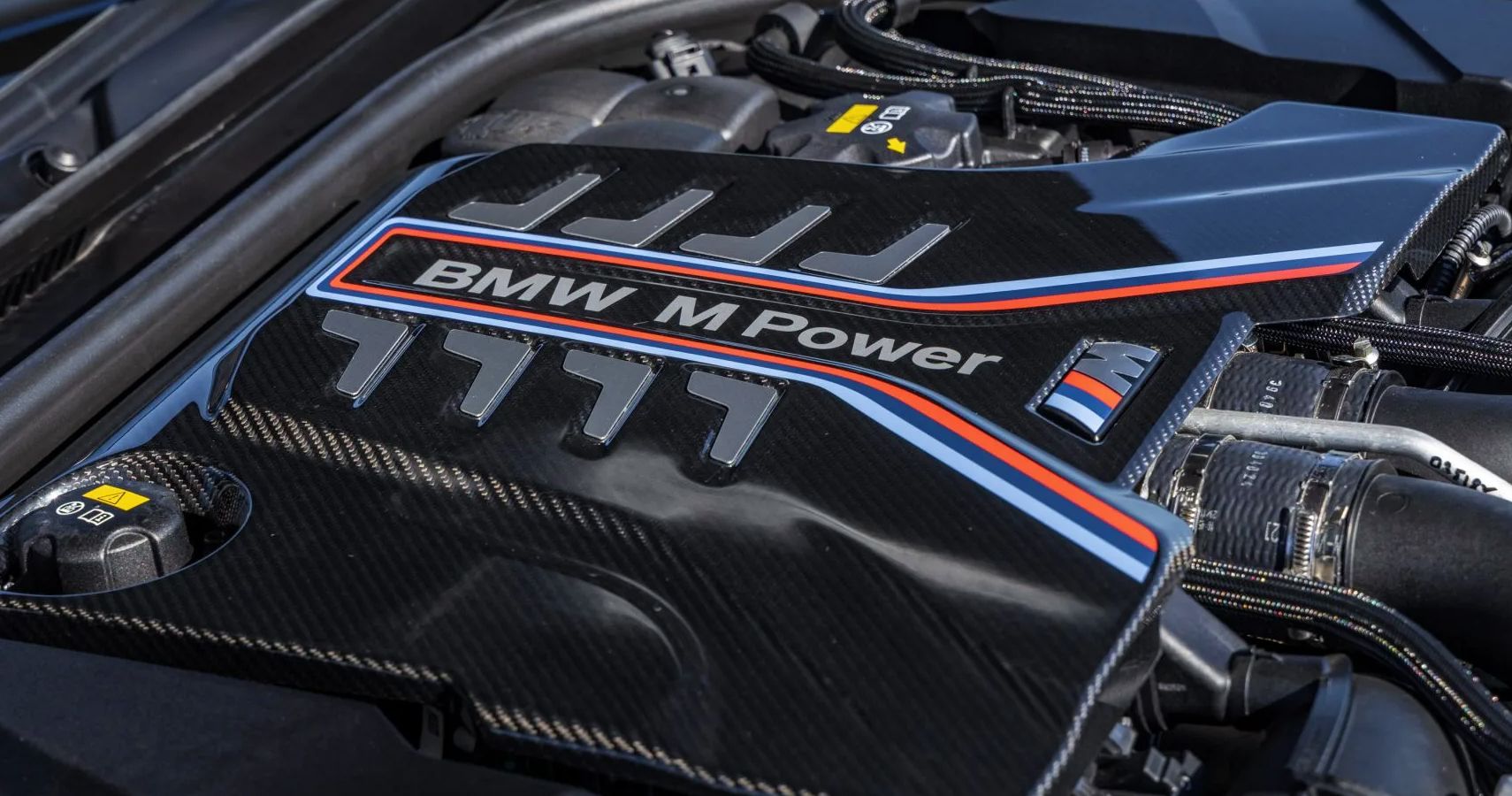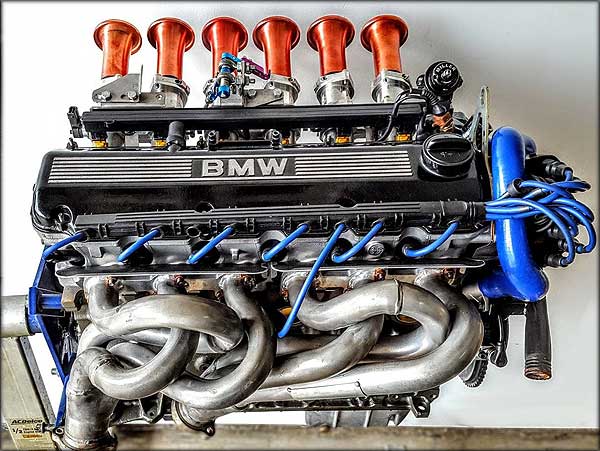A Comprehensive Overview to Understanding BMW Engine Specifications
Wiki Article
Discovering the Advancement of Burning Engines in Modern Transport Systems
As we browse the landscape of contemporary transportation, the advancement of burning engines stands as a testimony to human resourcefulness and engineering prowess. The interaction of history, innovation, and ecological issues in forming the trajectory of burning engines develops a story that is both insightful and engaging.Very Early Beginnings of Combustion Engines
How did the principle of burning engines initial emerge in the very early phases of transport growth? The roots of burning engines can be mapped back to the 17th century when the concepts of interior combustion were initial discovered.The innovation minute featured the development of the very first effective gasoline-powered engine by Karl Benz in 1885 - bmw engine. This engine led the means for the development of the contemporary car, reinventing transport systems worldwide. Subsequent developments by Nikolaus Otto and Gottlieb Daimler even more refined combustion engine technology, leading to the mass manufacturing of cars and the rapid growth of the transportation sector
These very early burning engines were identified by their simpleness and performance, laying the structure for the facility and effective engines made use of in modern transport systems. The advancement of burning engines has contributed fit the method we take a trip and transfer goods, marking a considerable milestone in the history of transport advancement.
Change to Internal Burning Modern Technology
The shift to interior burning technology marked an essential change in the development of transport systems. This shift began in the late 19th century, with inventors like Nikolaus Otto and Gottlieb Daimler developing the very first effective interior burning engines. These engines revolutionized transport by using a more reliable and effective alternative to vapor engines and electrical motors.Among the crucial advantages of internal burning engines was their capability to be scaled down to suit cars, bring about the development of bikes and autos. This change from bulky, stationary engines to portable, mobile ones led the way for the modern-day transport systems we see today.
The transition to internal burning modern technology likewise stimulated developments in fuel modern technology, leading to the growth of fuel and diesel as key gas resources for lorries. This change not only made transport more obtainable to the masses yet also laid the foundation for the oil and gas industry to end up being integral to global economic situations.
Influence of Combustion Engines on Transport
The adoption of burning engines in transport systems militarized an extensive shift in the efficiency and speed of global flexibility. Combustion engines revolutionized transport by providing a versatile and trusted resource of power for various lorries, consisting of automobiles, planes, ships, and vehicles. This innovation substantially improved the capacity for products and people to relocate over fars away in shorter amount of time, bring about increased connectivity between areas and countries.Furthermore, the widespread use burning engines has actually had a significant influence on financial advancement. The ability to deliver products effectively has actually spurred trade and commerce, allowing businesses to expand their markets and reach customers worldwide. This has actually promoted financial growth and globalization, as products can currently be transported quicker and in larger quantities than in the past.
Nonetheless, the ecological effect of combustion engines can not be overlooked. The burning of nonrenewable fuel sources has resulted in air pollution and greenhouse gas emissions, adding to climate change and posturing wellness dangers to populations. bmw engine. Therefore, there is an expanding focus on establishing alternative propulsion technologies to alleviate these negative effects and create a more lasting future for transportation
Innovations in Burning Engine Style
One notable innovation is the development of turbocharged engines, which use exhaust gases to drive a wind turbine that compresses incoming air, permitting for even more gas to be scorched, resulting in boosted power outcome without a considerable boost in engine size. Variable valve timing systems have likewise changed engine layout by maximizing air flow at different engine rates, enhancing both power and performance. These technologies jointly add to the continuous renovation of combustion engines in modern-day transportation systems.Future Trends in Combustion Engine Development
With technology improvements driving learn this here now continuous innovation, the future of burning engine advancement is poised to reinvent transportation systems around the world. One of the essential fads in burning engine advancement is the press in the direction of greater effectiveness and reduced discharges.An additional prominent pattern is the fostering of hybrid innovations in burning engines. Hybrid engines combine conventional burning technology with electric power, providing boosted fuel effectiveness and lower emissions. As the automobile sector changes towards More Bonuses electrification, hybrid combustion engines are viewed as a transitional service that bridges the void between conventional cars and fully electric ones.
In addition, the assimilation of smart technologies, such as expert system and information analytics, is anticipated to play a significant role in the future of combustion engine development. These technologies can enhance engine performance in real-time, resulting in a lot more efficient combustion processes and boosted overall vehicle efficiency. Welcoming these future fads will certainly not just drive development in combustion engine development but also contribute to a more ecologically friendly and lasting transport community.

Final Thought
To conclude, the evolution of burning engines in modern-day transportation systems has been noted by considerable developments in technology and layout. From the early beginnings of combustion engines to the transition to inner burning technology, these engines have had an extensive effect on transportation. Innovations in combustion engine style remain to drive development in this field, with future patterns concentrating on additional the original source enhancing efficiency and reducing emissions. The future of burning engines in transport looks encouraging as r & d efforts continue to press borders.The origins of combustion engines can be mapped back to the 17th century when the concepts of internal burning were very first explored. These engines revolutionized transport by providing an extra powerful and efficient option to heavy steam engines and electric motors.

Report this wiki page